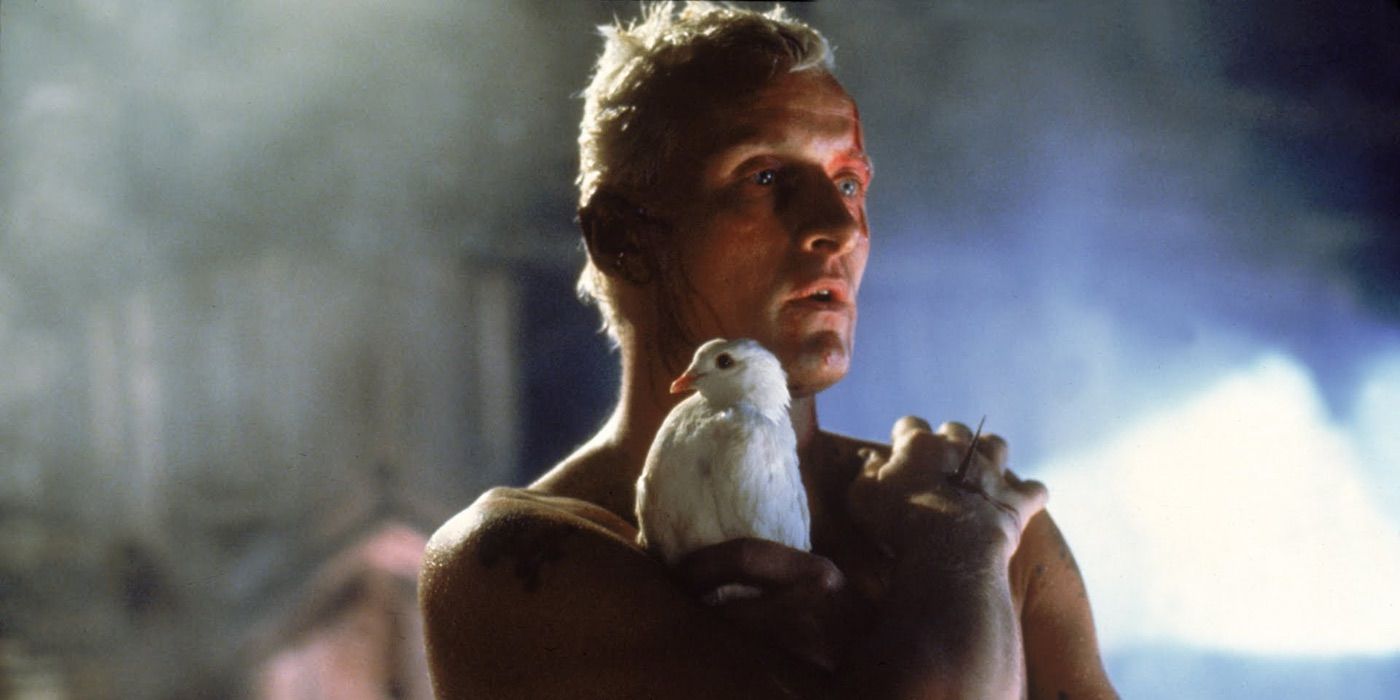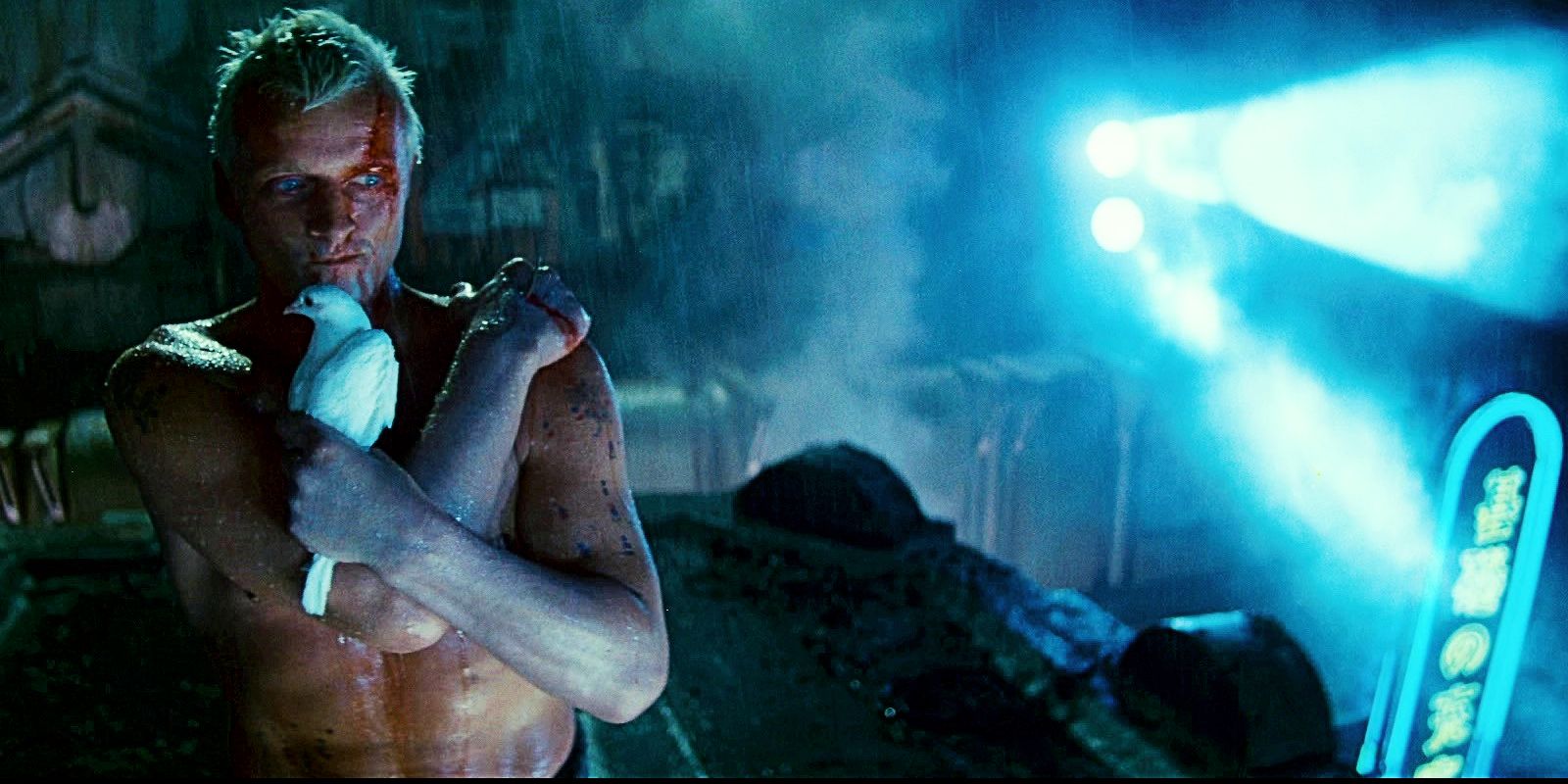In Ridley Scott’s timeless science fiction masterpiece, Blade Runner, Roy Batty’s puzzling tattoos stand out with an air of mystery and originally made the intimidating character even scarier. These intricate markings hint at a hidden past and enhance the unfathomable nature of his character. Their presence serves as a constant reminder that there is much more to Roy Batty’s character than what meets the eye.
In the dystopian futuristic world of Blade Runner, synthetic beings called replicants wage a precarious battle against their human architects. Roy Batty, played impeccably by Rutger Hauer, emerges as a combat model possessing unrivaled strength and intellect. However, it is the intricate web of tattoos adorning his upper body that amplifies his intimidating allure. The tattoos all help to create an air of menace around the character.
Roy Batty’s Tattoos Were Originally Military
In the dystopian world of Blade Runner, where replicants and humans coexist in a fragile equilibrium, the presence of Roy Batty, the film’s formidable antagonist, is intensified by the series of tattoos on his torso and shoulders. His tattoos are seen towards the end of the film as he hunts the protagonist, Rick Deckard, the man who had killed his love interest. Topless and covered in mud and grime, Batty’s unique tattoos stand out. Although the film remains silent on the explicit origins of these tattoos, it is worth highlighting that they were originally meant to serve a military purpose.
In the early stages of the film’s development, there were discussions about providing a concrete military backstory for Batty’s tattoos, tracing their origins to his time as a combat model replicant. As a replicant built for battle, the tattoos adorning Roy Batty’s body were significant to his combat-oriented nature. The tattoos denoted points or sockets where an elaborate space battle suit would attach to Batty’s body. In this interpretation, the tattoos would function as part of Batty’s interface with his military hardware, further augmenting his combat capabilities.
It’s Good Blade Runner Dropped Roy Batty’s Tattoo Backstory
While providing a backstory may have provided a sense of closure and explanation, it could have potentially undermined the captivating ambiguity that makes Batty’s character so compelling. The absence of a definitive tattoo backstory amplifies the sense of mystery surrounding Batty’s past. As the film explores themes of identity and the nature of humanity, his tattoos become symbols that elicit intrigue. They represent a visual embodiment of the complexity and depth that lies beneath the surface, reinforcing the notion that Batty’s existence transcends mere binary classifications – if Batty is just a homicidal machine or if he is a living being merely trying to survive.
Fortunately, Ridley Scott and the creative team opted for the power of suggestion, trusting the audience’s capacity to imagine and interpret. By leaving the tattoos open to interpretation, Scott’s visionary direction allows viewers to engage in their own exploration of Batty’s identity. This decision helped spark discussions and theories that continue regarding Blade Runner even today. This artistic choice not only enriches the viewing experience but also empowers the audience to become active participants in unraveling and identifying with the enigma of Batty’s existence.



























































